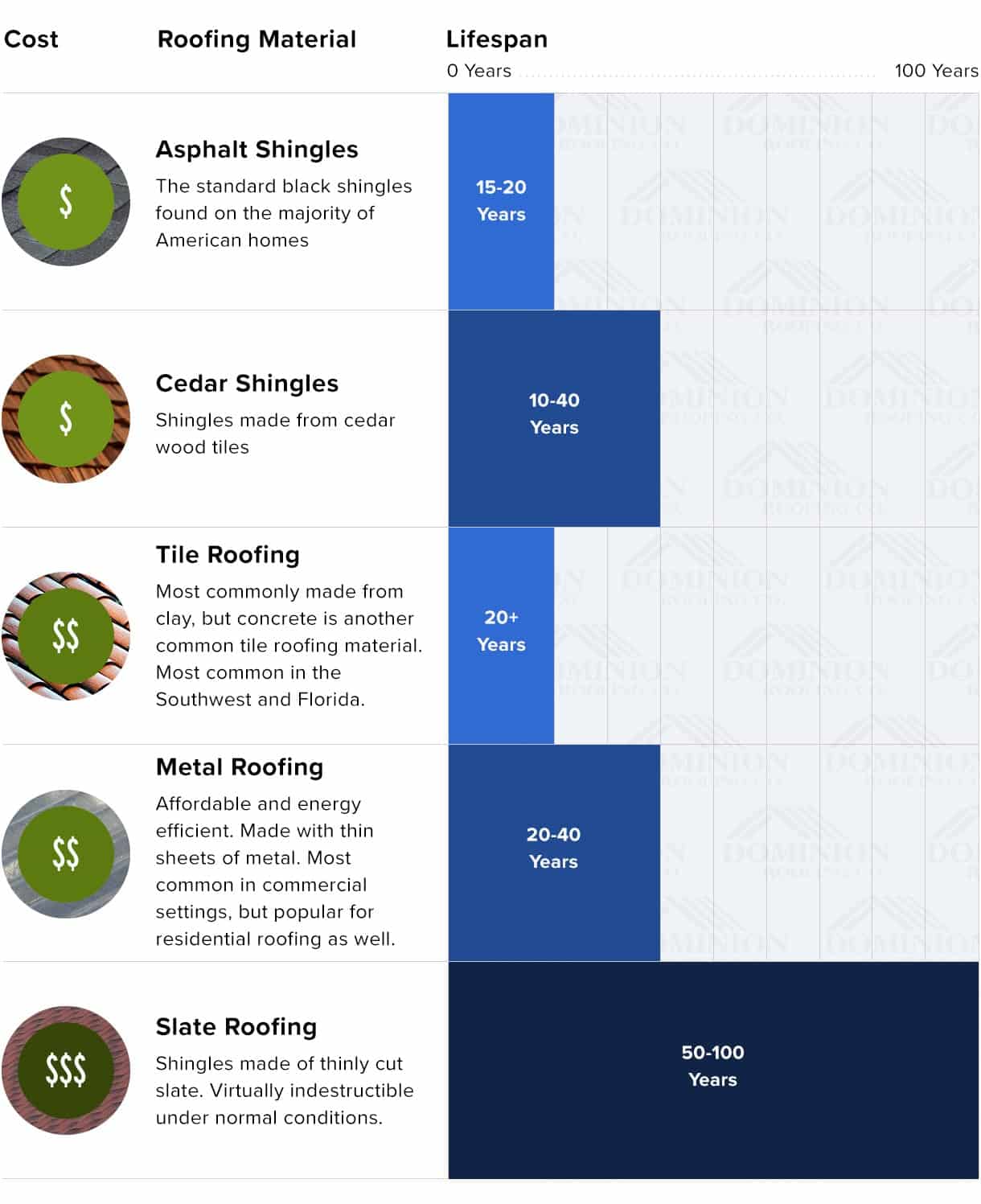The Function Of Roof Air Flow In A Successful Installation
The Function Of Roof Air Flow In A Successful Installation
Blog Article
Uploaded By-Gundersen copyright
When you're taking on a roofing task, you may not assume much concerning roofing system air flow, but it's even more vital than you realize. Efficient ventilation helps manage temperature level and dampness in your attic room, avoiding issues like mold and mildew and architectural damage. By understanding exactly how to develop and install a balanced air flow system, you can boost energy efficiency and extend the life expectancy of your roof covering products. So, what are the vital aspects to think about during installation that can make all the distinction?
Significance of Roofing Air Flow
Roofing ventilation plays an important function in maintaining the total health and wellness of your home. By permitting fresh air to distribute with your attic room, it assists manage temperature and moisture degrees. This balance is vital to prevent heat build-up during warm months, which can lead to raised energy prices as your cooling burns the midnight oil.
Additionally, appropriate ventilation significantly reduces the danger of moisture-related issues like mold and mold. If humidity levels climb, your home's architectural stability can be compromised, resulting in pricey repair work. You would not intend to handle rotting wood or distorted roof products, right?
In addition, ample ventilation extends the life-span of your roofing system. When heat and dampness are kept in check, your roof covering can do efficiently, stopping early damage. This means less headaches and expenditures down the line.
Exactly How Roofing System Air Flow Works
Effective roof covering air flow counts on the all-natural activity of air to produce an equilibrium in between consumption and exhaust. When you mount vents, you're basically permitting fresh air to enter your attic while allowing hot, stale air to escape. This process assists control temperature and dampness levels, preventing issues like mold and mildew growth and roofing damages.
Intake kitchen renovation downtown , generally found at the eaves, attract cool air from outside. At the same time, exhaust vents, located near the ridge of the roofing, allow hot air rise and exit. The distinction in temperature level produces a natural airflow, known as the stack effect. As warm air surges, it creates a vacuum that draws in cooler air from the lower vents.
To maximize this system, you require to make sure that the consumption and exhaust vents are properly sized and placed. If the intake is limited, you won't accomplish the desired air flow.
Also, not enough exhaust can catch warmth and dampness, resulting in prospective damages.
Secret Setup Factors To Consider
When installing roofing ventilation, several key considerations can make or damage your system's efficiency. First, san antonio roofing and siding company require to examine your roof's style. The pitch, shape, and products all influence airflow and ventilation option. Make sure to select vents that fit your roofing kind and neighborhood climate problems.
Next off, take into consideration the placement of your vents. Preferably, you'll want a well balanced system with intake and exhaust vents placed for optimal air flow. Location intake vents low on the roofing system and exhaust vents near the peak to encourage an all-natural circulation of air. This setup helps protect against dampness build-up and promotes power efficiency.
Don't ignore insulation. Proper insulation in your attic room protects against heat from leaving and keeps your home comfortable. Ensure that insulation does not block your vents, as this can prevent air flow.
Last but not least, think of upkeep. Choose ventilation systems that are easy to gain access to for cleaning and assessment. Regular upkeep guarantees your system remains to operate effectively over time.
Conclusion
To conclude, roof covering air flow is important for an effective installment. By guaranteeing appropriate air flow, you can protect against heat buildup and dampness concerns that bring about expensive damage. When you purposefully placement intake and exhaust vents, you enhance power performance and prolong the life expectancy of your roofing system. Keep in mind, a well-ventilated roofing system not only protects your financial investment however also improves your interior air high quality. So, focus on ventilation to ensure a resilient and economical roof for your home.
